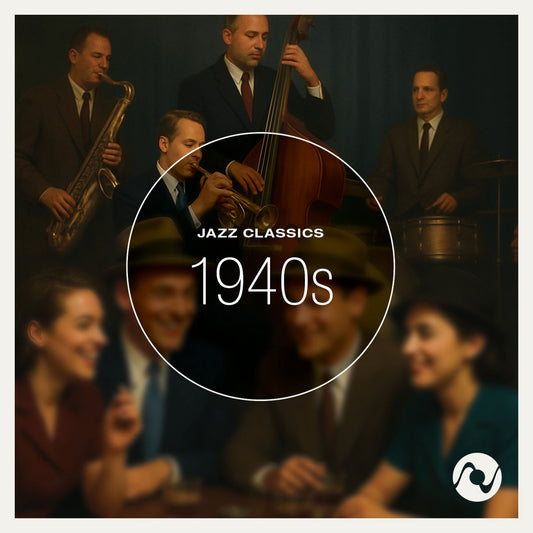Every recording has a tonal balance, and every system shifts it.
When we audiophiles talk about tonality, we’re pointing to the overall balance of bass, midrange, and treble in a system or recording. It’s the spectrum of sound, and when it’s right, nothing feels exaggerated or missing. A violin sounds like a violin, a trumpet like a trumpet. When it’s wrong, instruments feel skewed—too thin, too heavy, or too sharp.
I learned this early in my career when Arnie Nudell and I were designing loudspeakers (mostly Arnie :) ). Even tiny changes to crossover components could tilt the tonal balance. Push the midrange forward and the system sounded more detailed but also more fatiguing. Recess it slightly and the music lost life, sounding polite but dull. The art was in finding the balance that felt natural, not artificial.
Human ears are incredibly sensitive to tonal balance. Most listeners, even without training, can tell when a system sounds “off.” That’s why tonal accuracy is the first hurdle any high-end system must clear. If the balance isn’t believable, no amount of resolution or imaging will save the experience.
At PS Audio, when Chris voiced the FR30 loudspeakers, he spent countless hours listening to tonal shifts. Measurements guided him, but ultimately it was about how a piano sounded in the room. Did the instrument carry its weight across the registers? Did voices feel human, not electronic? Getting that right was foundational.
When your system’s tonality is in balance, the rest of the magic—soundstage, dynamics, detail—can unfold naturally. Without it, you’re always listening through a filter, aware that something isn’t quite aligned.
That’s why, when describing sound, I always start with tonality. It’s the bedrock of musical truth.








